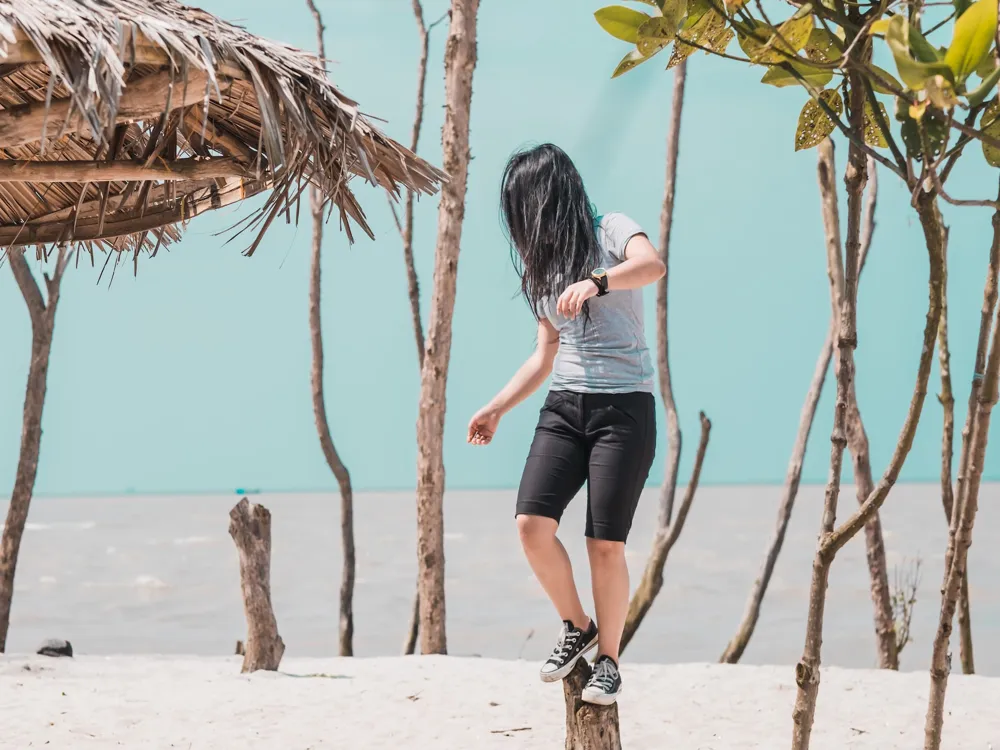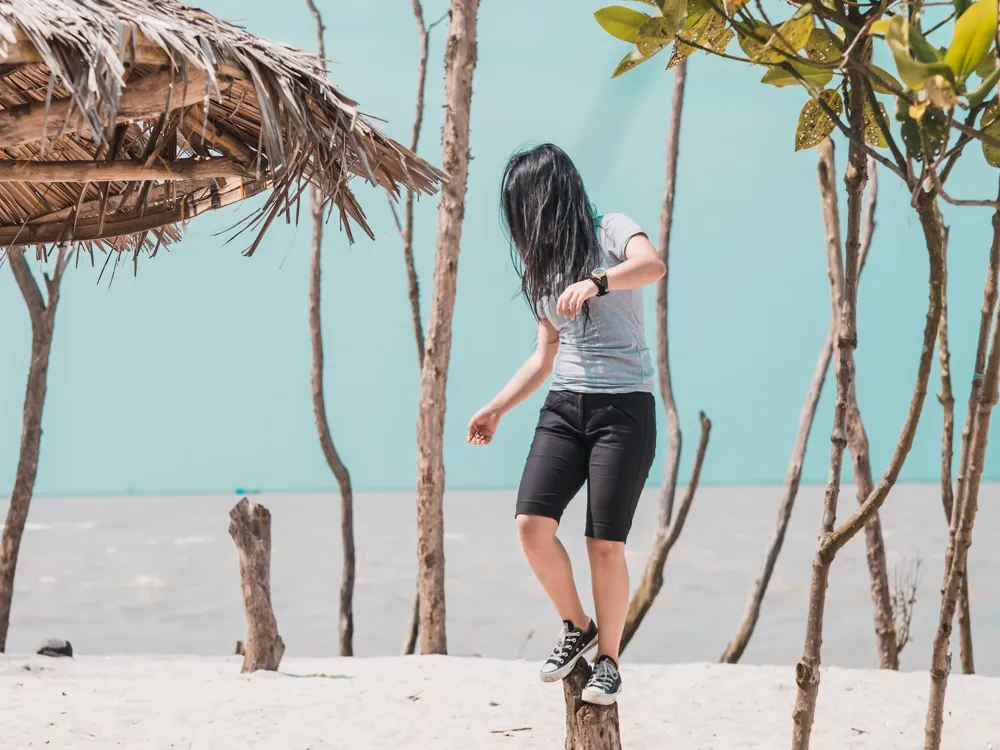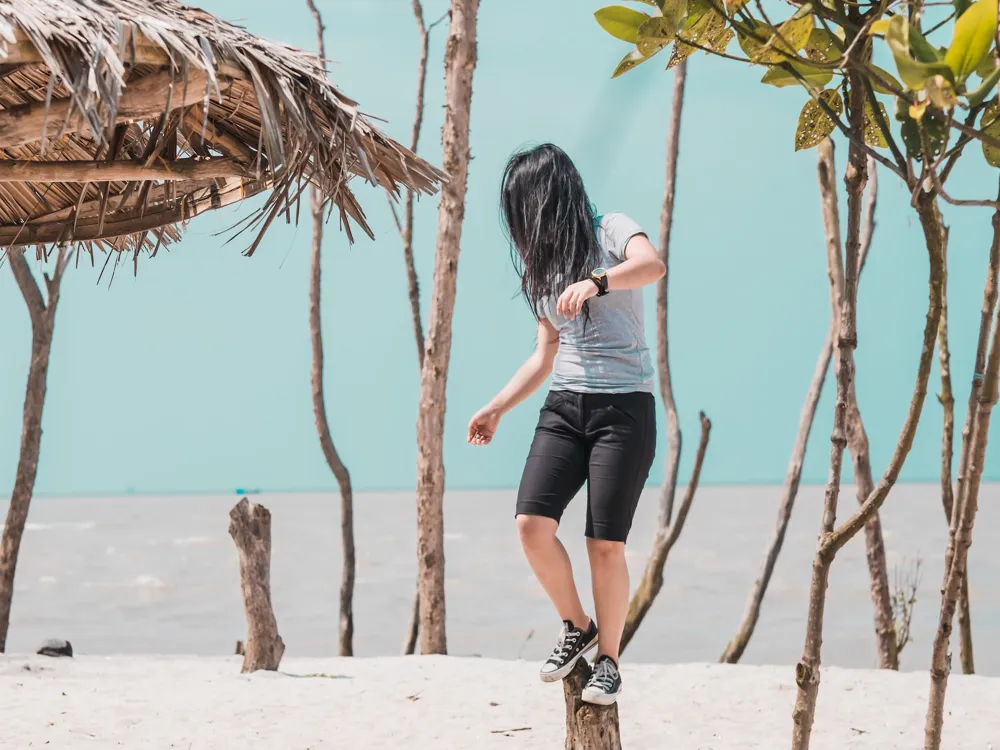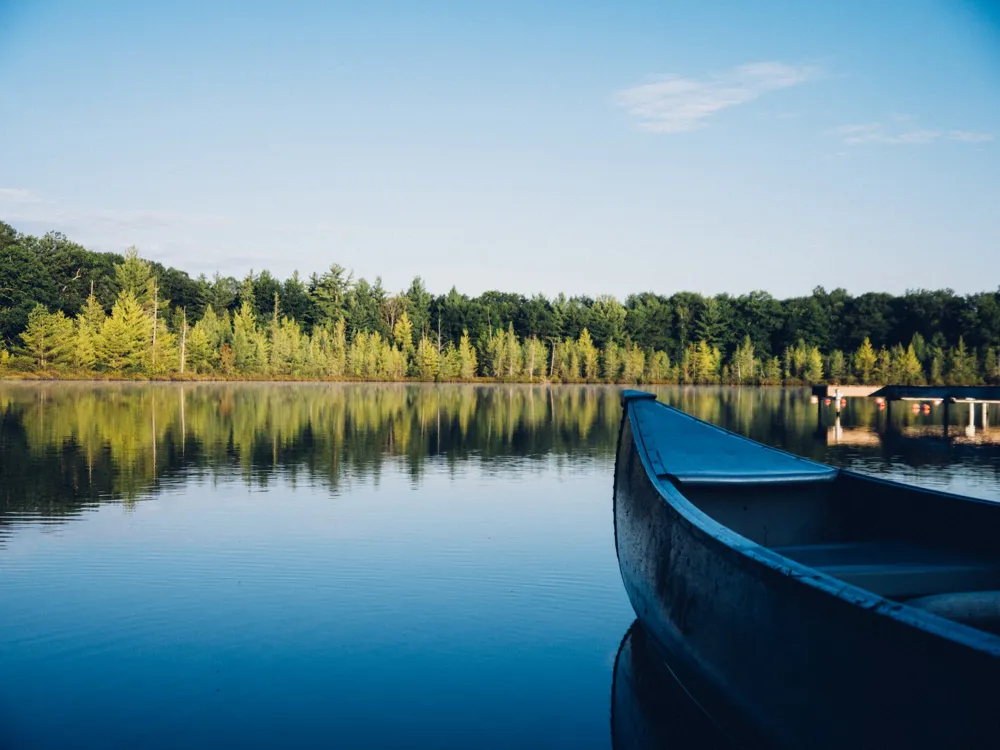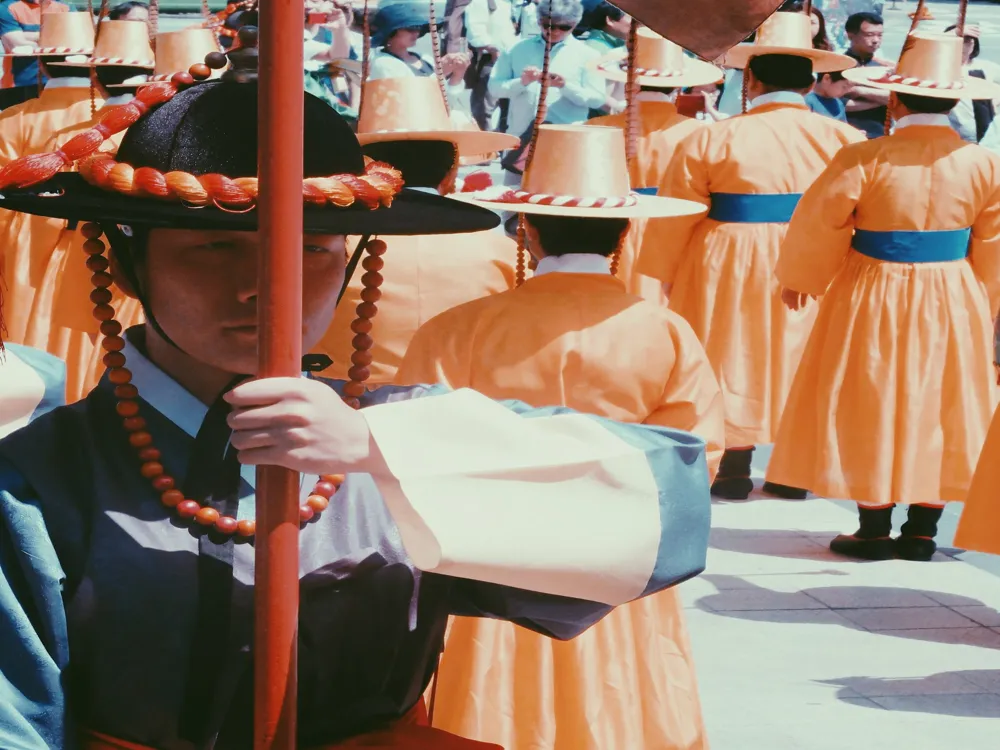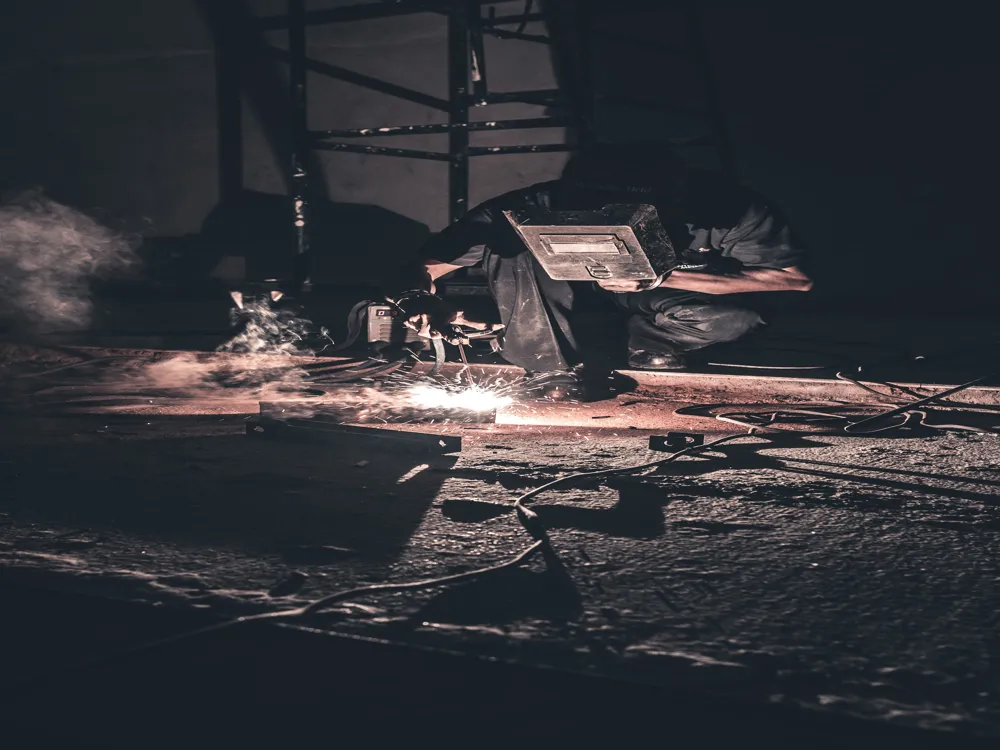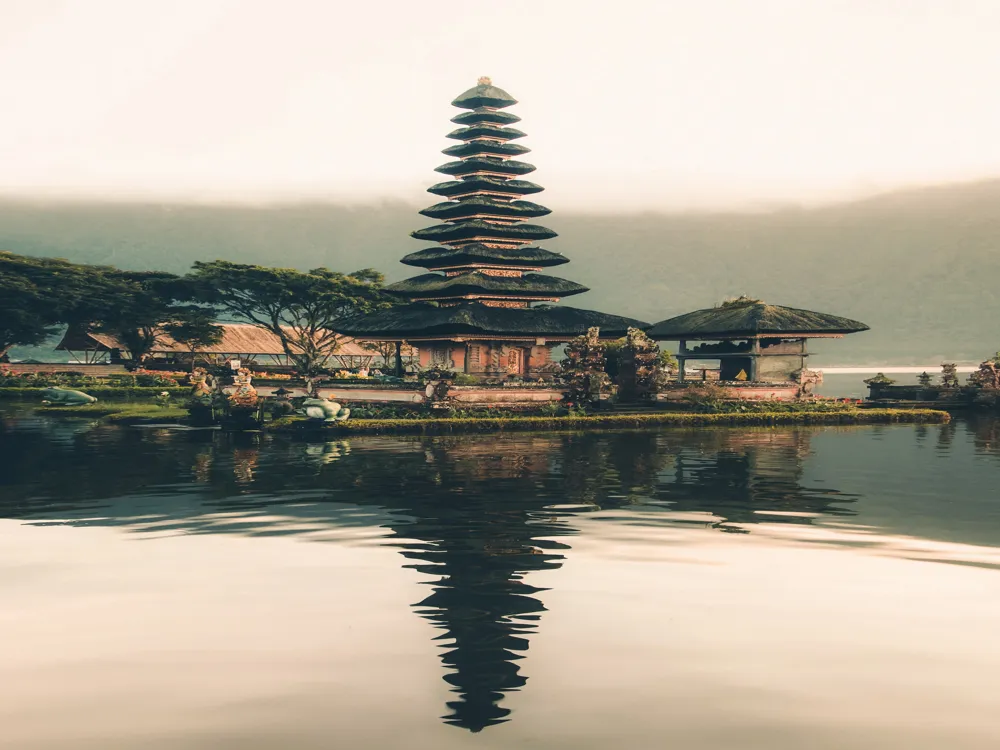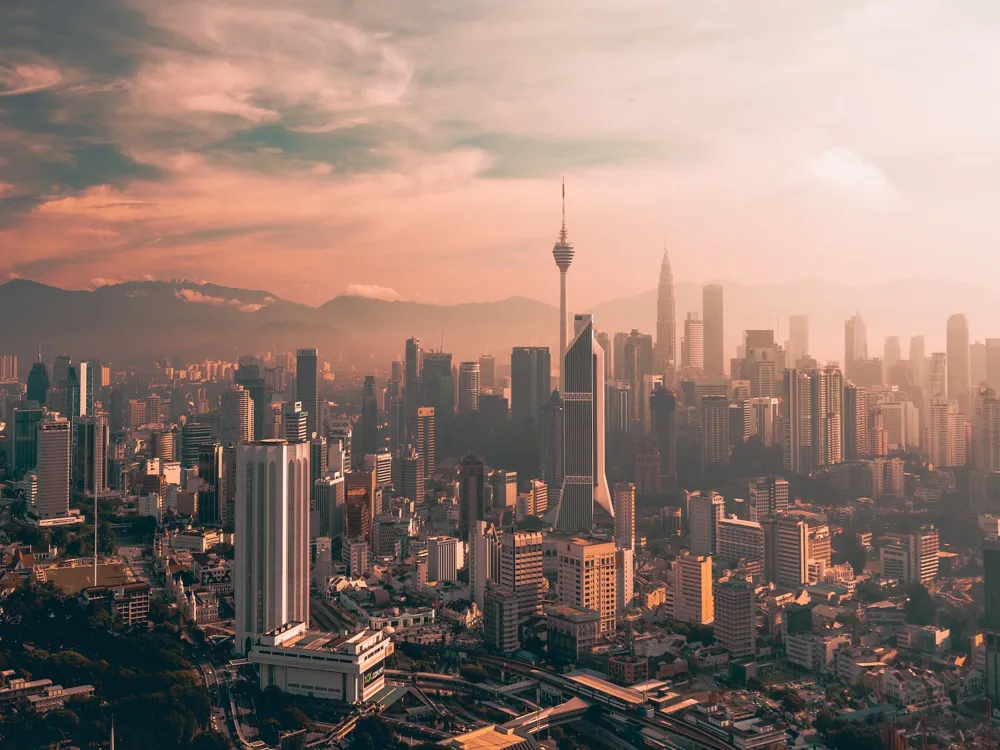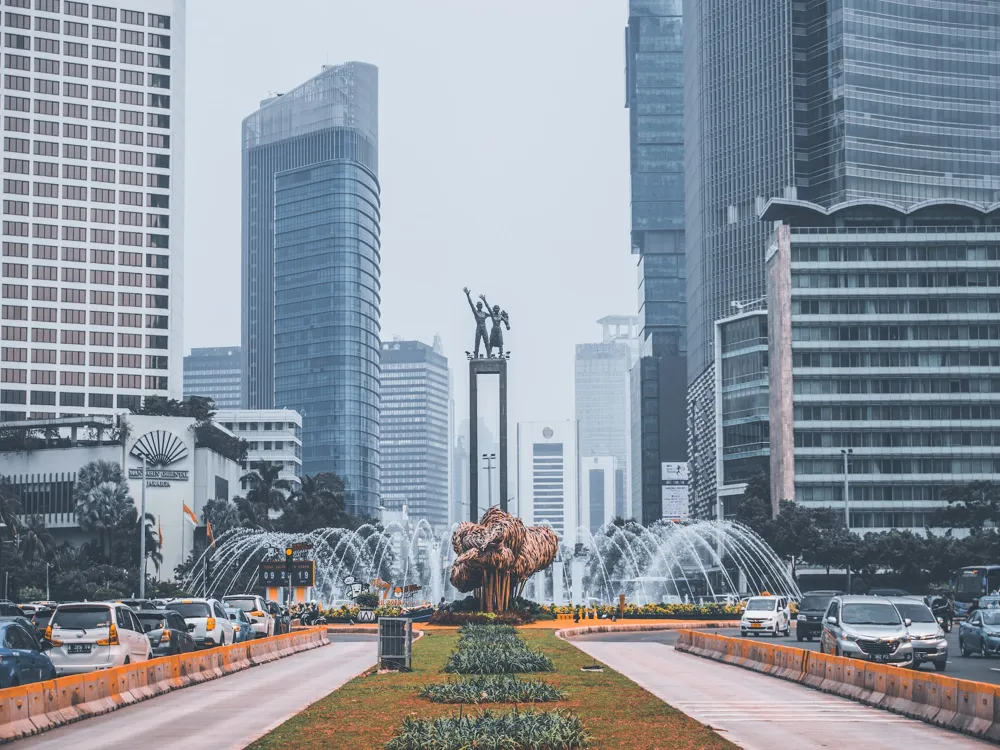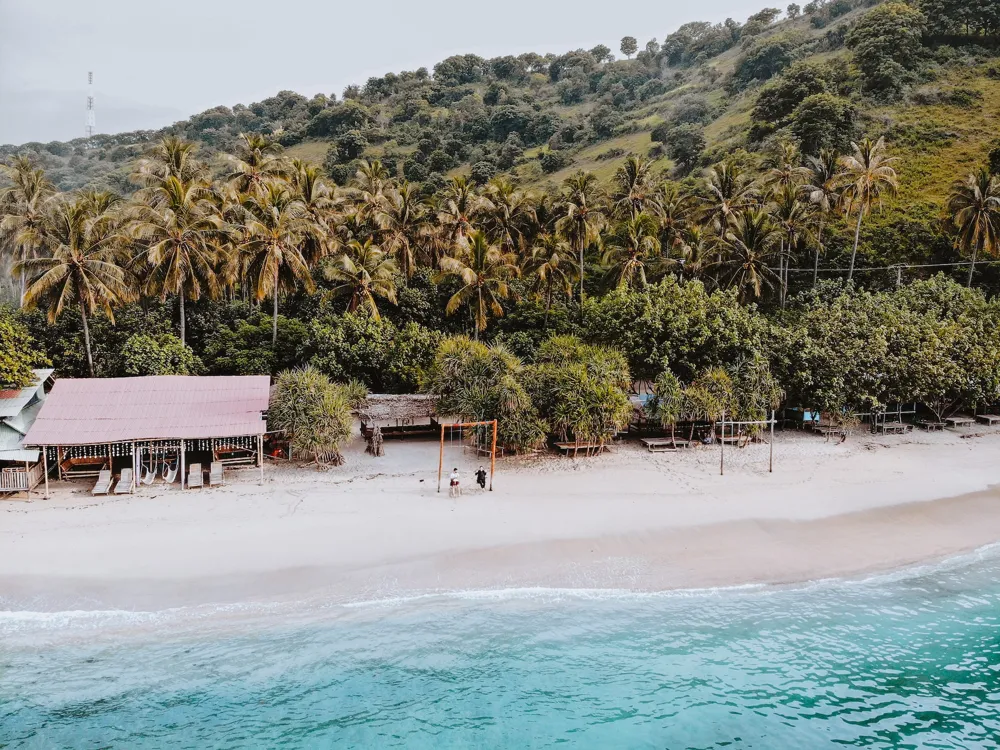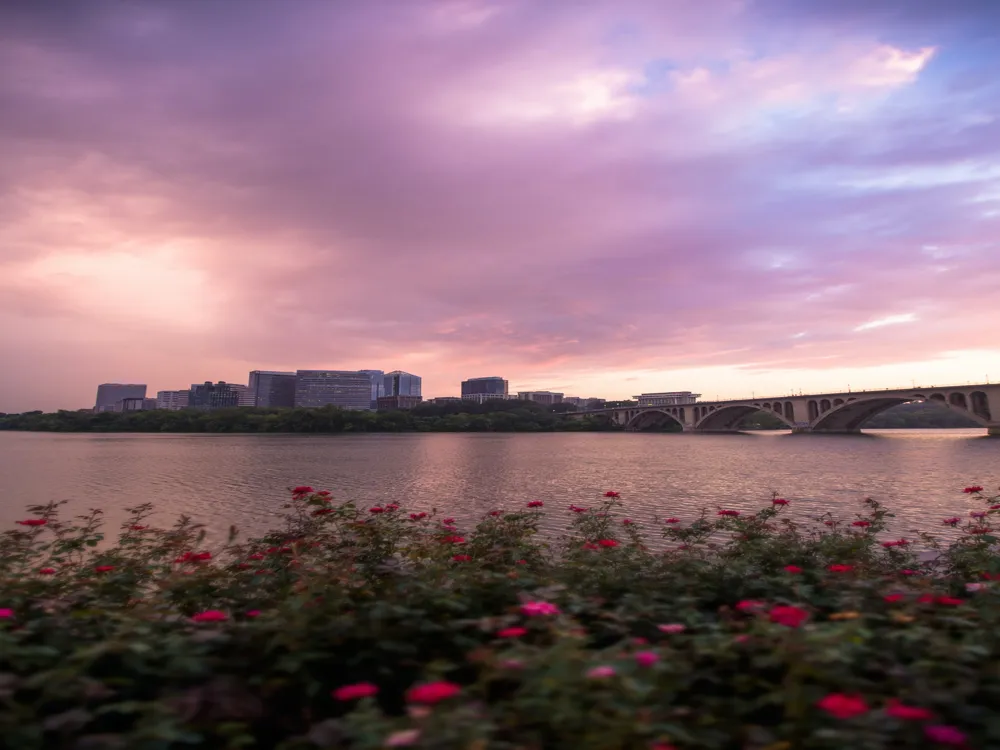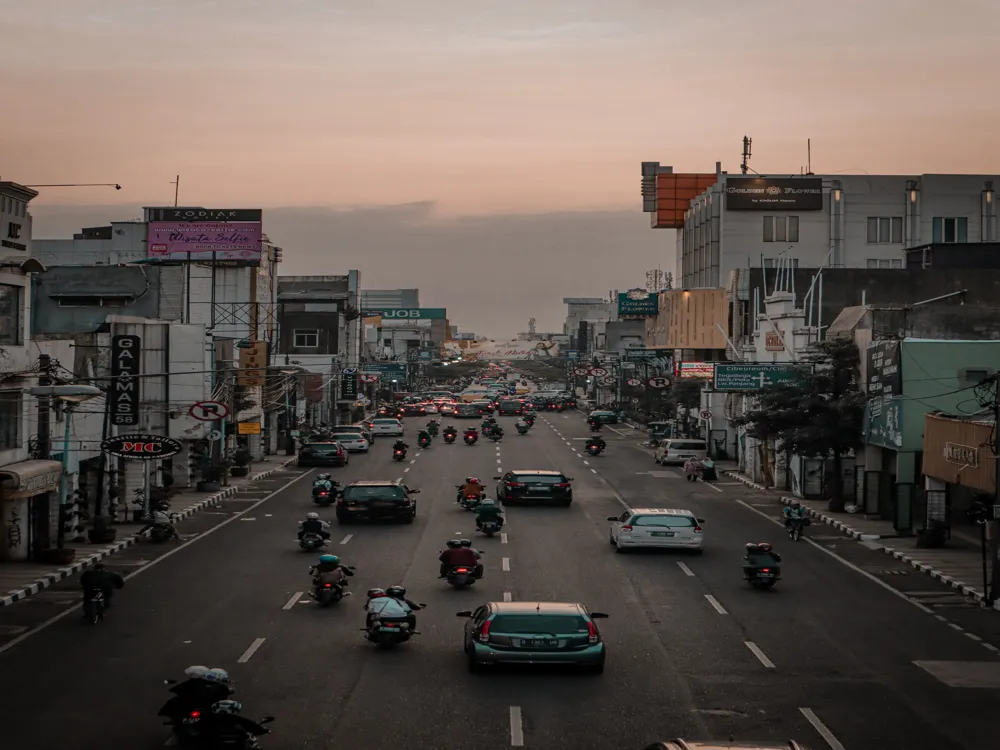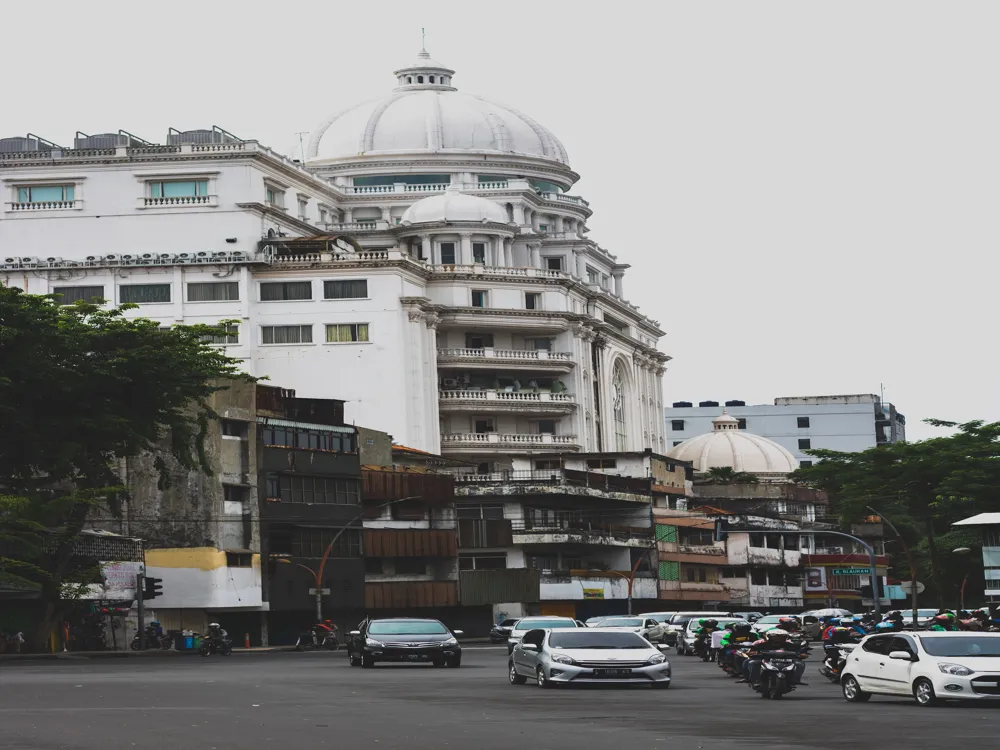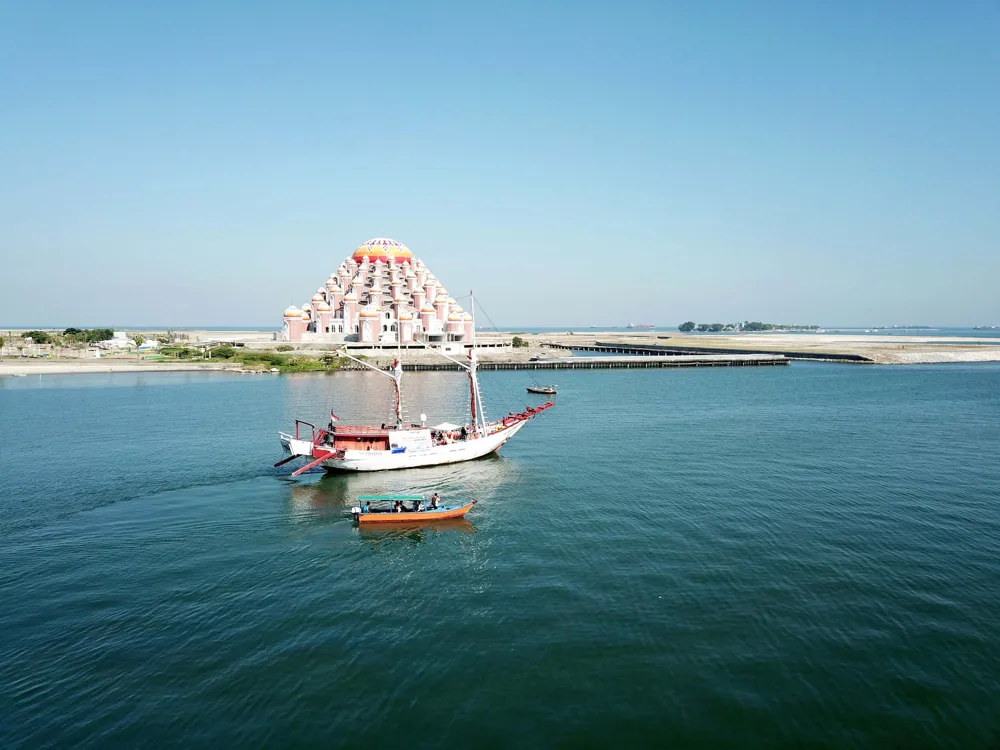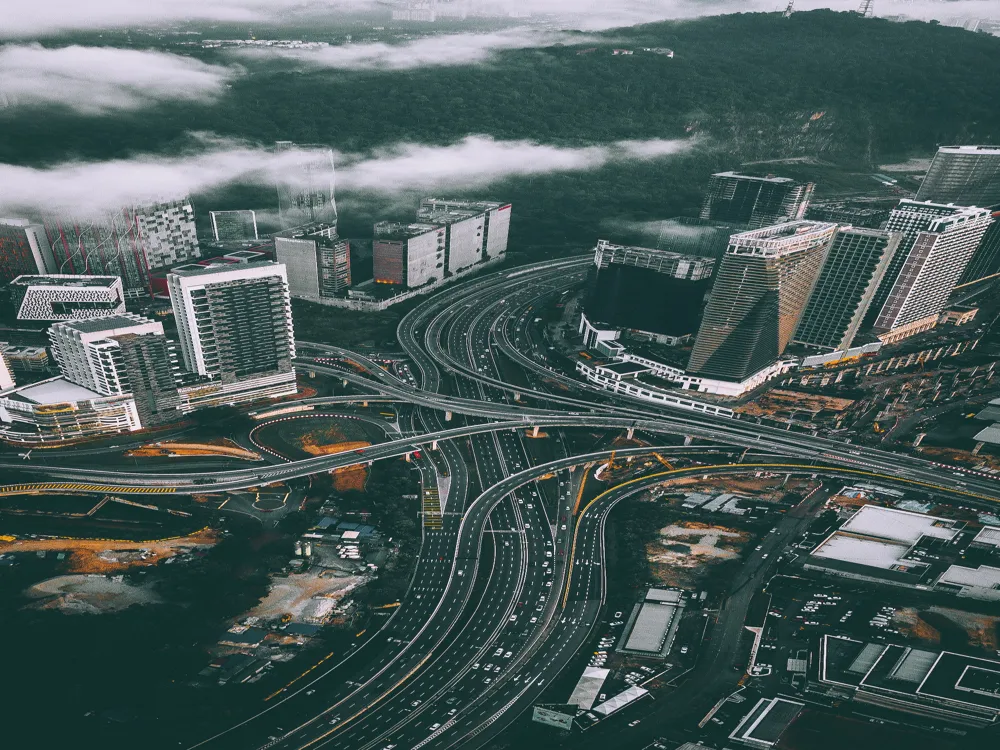Nestled in the lush landscapes of Sumatra, Indonesia, Bukit Lawang offers a serene escape into nature. This small village, located on the edge of the Gunung Leuser National Park, is not just a gateway to explore the rich biodiversity of the rainforest but also a testament to the harmonious coexistence of humans and nature. In this comprehensive guide, we delve into the enchanting world of Bukit Lawang, exploring its stunning architecture, and offering valuable tips for travelers planning their journey to this unique destination. Bukit Lawang, a haven for nature lovers and adventure seekers, lies approximately 90 kilometers northwest of Medan, the capital city of North Sumatra. This charming village is renowned for its Orangutan Rehabilitation Center, which has played a pivotal role in the conservation of these magnificent creatures. The dense rainforests of Gunung Leuser National Park, a part of the UNESCO World Heritage Site, envelop Bukit Lawang, offering a biodiverse sanctuary for a myriad of flora and fauna. The village's history is as rich as its natural surroundings. Initially a small community, Bukit Lawang underwent significant transformation with the establishment of the Orangutan Rehabilitation Center in 1973. This initiative brought international attention, transforming the village into a popular ecotourism destination. Despite facing challenges such as the devastating flood in 2003, Bukit Lawang has resiliently rebuilt itself, maintaining a delicate balance between tourism development and environmental preservation. Visitors to Bukit Lawang are greeted by the enchanting beauty of the Bohorok River, which meanders through the village, adding to its picturesque charm. The river not only serves as a lifeline for the community but also as a hub for various activities, including rafting and swimming. The harmonious blend of natural beauty, rich cultural heritage, and warm hospitality makes Bukit Lawang a must-visit destination for those seeking an authentic encounter with nature. The architecture in Bukit Lawang is a reflection of its cultural and environmental ethos. Buildings here are constructed with a deep respect for nature, utilizing local materials and traditional techniques. The predominant architectural style is a blend of indigenous Batak culture with influences from Dutch colonial history, visible in the design and structure of the homes and community buildings. Traditional Batak houses, known as 'Rumah Bolon', are a common sight in Bukit Lawang. These houses are characterized by their distinctive curved roofs, which resemble the horns of a buffalo, a significant animal in Batak culture. The high roofs are not just an aesthetic choice but also practical, offering ventilation and cooling in the humid tropical climate. These structures are primarily built from bamboo and wood, materials that are abundantly available in the surrounding forests. The use of sustainable and locally sourced materials in construction is not just environmentally friendly but also helps in maintaining the ecological balance. Many lodges and guesthouses in Bukit Lawang follow this sustainable approach, blending seamlessly into the landscape. These accommodations often provide panoramic views of the surrounding jungle and river, offering a serene and immersive experience for visitors. Apart from residential structures, Bukit Lawang also features unique architectural designs in its community centers and tourism facilities. The Orangutan Rehabilitation Center, for instance, is designed to minimize human impact on the natural habitat while providing essential services for the rehabilitation of orangutans. The center's architecture is a testament to the community's commitment to conservation and sustainable tourism practices. Bukit Lawang is not just a tourist destination; it's a community with rich traditions and customs. Visitors are encouraged to dress modestly, especially when visiting local homes or community spaces. Learning a few basic phrases in Bahasa Indonesia or the local Batak language can also be greatly appreciated. The best time to visit Bukit Lawang is during the dry season, from June to September. During these months, the weather is more predictable, making it ideal for trekking and wildlife spotting. The rainy season, from October to March, can bring heavy showers and challenging trekking conditions. As an ecotourism destination, Bukit Lawang encourages sustainable tourism practices. Visitors should choose accommodations and tours that prioritize environmental conservation and support local communities. Avoid engaging in activities that may harm the wildlife or the natural environment. When trekking in the jungle, it's essential to be prepared. Wear appropriate footwear, use insect repellent, and stay hydrated. Visitors should also be aware of the potential for wildlife encounters and follow the guidelines provided by guides for a safe experience. By purchasing local products and services, visitors can contribute to the economic well-being of the Bukit Lawang community. Opt for local eateries, buy handicrafts from local artisans, and choose tours operated by local guides. Reaching Bukit Lawang is part of the adventure. The nearest airport is Kualanamu International Airport in Medan. From Medan, visitors can take a bus or hire a private car to reach Bukit Lawang, a journey that takes about 3-4 hours. The scenic drive offers glimpses of the beautiful Sumatran landscape, making the journey an integral part of the Bukit Lawang experience. Read More:Discover Bukit Lawang: A Hidden Gem in Medan
Overview of Bukit Lawang
Architecture of Bukit Lawang
Tips When Visiting Bukit Lawang
Respect Local Customs and Culture
Best Time to Visit
Engage with Responsible Tourism Practices
Bukit Lawang
Support Local Economy
How To Reach Bukit Lawang
Bukit Lawang
Medan
NaN onwards
View medan Packages
Medan Travel Packages
View All Packages For Medan
Top Hotel Collections for Medan

Private Pool

Luxury Hotels

5-Star Hotels

Pet Friendly
Top Hotels Near Medan
Other Top Ranking Places In Medan
View All Places To Visit In medan
View medan Packages
Medan Travel Packages
View All Packages For Medan
Top Hotel Collections for Medan

Private Pool

Luxury Hotels

5-Star Hotels

Pet Friendly







